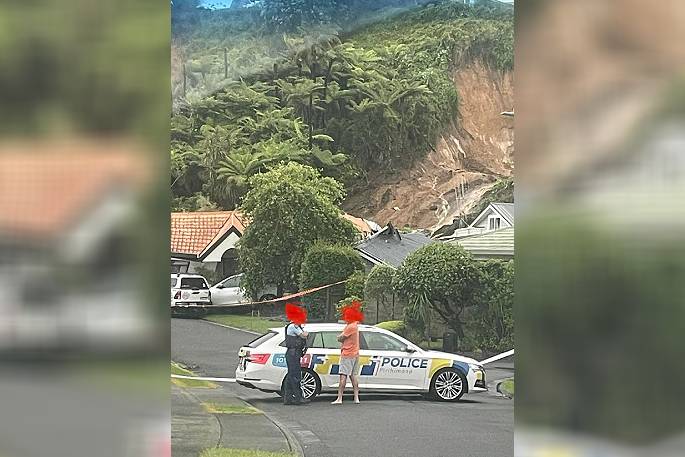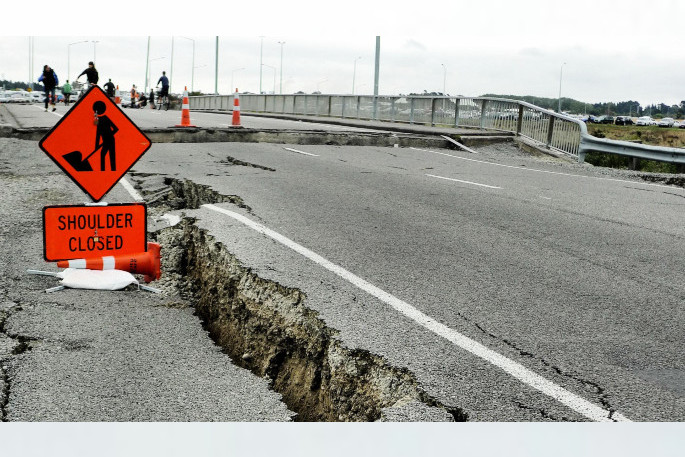Canterbury researchers have received EQC funding to investigate how climate change could increase the risk of damage triggered by earthquakes and landslides.
The team is led by Te Whare Wānanga o Waitaha | University of Canterbury School of Earth and Environment Senior Lecturer Dr Timothy Stahl, who says earthquakes and landslides are two of New Zealand’s deadliest and most costly natural disasters.
“Cumulatively, landslides have caused more deaths in New Zealand than any other natural hazard and lead to $300 million in insurance claims each year," says Timothy.
"Our research programme spans geology and disaster risk resilience and provides a better fundamental understanding of these processes.
“We plan to create up-to-date models for these hazards that will ultimately allow us to be more prepared and resilient. We’ll also drive new research into how natural disasters such as landslides, cliff collapse and flooding triggered by earthquakes, are affected by climate change.”
 Earthquakes and landslides are two of New Zealand’s deadliest and most costly natural disasters. Photo: SunLive.
Earthquakes and landslides are two of New Zealand’s deadliest and most costly natural disasters. Photo: SunLive.
He says this is a high priority area of research because a warming climate and more frequent storms will continue to increase the cost of insurance claims and have a profound impact on people’s lives and property.
“It’s very important because climate change, which is linked to varying storm frequency, intensity and duration, has an impact on several other hazards.
“If you have more saturated ground prior to an earthquake this increases the risk of earthquake-induced flooding and also means there’s a greater risk of landslides on hillsides.
“Rising sea levels and rivers running higher will also change patterns of earthquake-induced flooding.”
The research team is one of three from the UC recently awarded funding from Toka Tū Ake EQC to fill knowledge gaps and improve engineering practices. Each programme will receive $450,000 over three years from 2024.
Dr Stahl says the study will expand geological data at key locations along active faults, produce better models of earthquake and landslide multi-hazards, and improve guidance for building near active faults.
“The intended outcome of our research is reduced consequences of earthquake and landslide multi-hazards in a changing climate, as well as training the next generation of hazard and risk specialists to ensure broad capability across Aotearoa New Zealand.”
The programme is based in the Tectonics and Disaster Risk Resilience group at UC. The other members of the team are Senior Lecturer Dr Tom Robinson, Professor Andy Nicol and Postdoctoral Fellow Dr Camilla Penney, from the UC School of Earth and Environment in the Faculty of Science.



1 comment
The Master
Posted on 01-10-2023 14:52 | By Ian Stevenson
About time that happened.
Perhaps if looked at (again of course) this will reaffirm the truth, that nature and natural causes account all but 3% of the CO2 currently in the atmosphere now. That is less than 1% of the 0.004% CO2 in the atmosphere = we are talking about 0.00004% of the earths atmosphere is the cause of a fire-inferno end to the entire earth?????
Maybe a look back in history will find that CO2 has been 10-20x more than now, all nature then and somehow earth, humans and life has survived. Nothing seems to add up to well at present.
Leave a Comment
You must be logged in to make a comment.